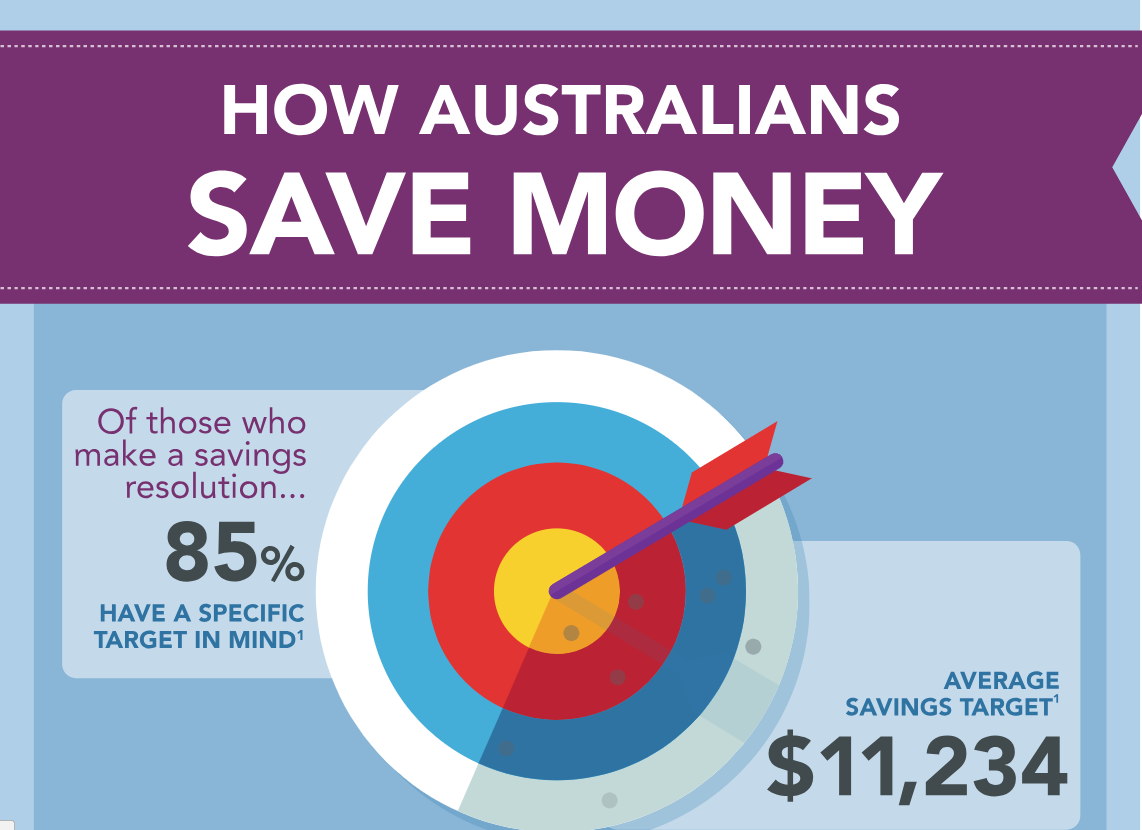So you’ve found yourself saddled with a boring topic. You’re certainly not alone – all writers have had a less-than-stellar subject matter on their hands at one point or another.
However, I would argue that there are very few universally dull topics — simply because everyone is interested in different things. Some people truly want to know the technical complexities of a software package. Others are interested in different types of paper. And other people love to know about the intricacies of corporate governance. So remember when you come across a topic you don’t find riveting, there are plenty of people out there who will.
Still, it can be a trying time when you’re racking your brain to come up with an interesting story angle. Here’s how you can get the job done and make your writing sparkle:
Are you the right person for the job?
This is one of the very first questions you must ask. While you might be the CEO, the head of your division, or the one with a few hours to spare, that doesn’t mean you are automatically the best person for the job. There may be someone else in the organisation who has the knowledge or a particular background to write the story better, they may have a knack for presenting information in a fascinating way, or simply be a more efficient writer.
Is a blog the best way to present the information?
Would your piece be better off as an infographic, a presentation or even a short video? There’s no rule that says all topics need to be covered by text. In fact, there is some evidence to suggest that people – particularly Millennials – prefer watching a video to reading on a screen, and are more likely to comment, like or share a video.
Infographics are another great way to get dull or complex information across in an interesting way. For example, you could argue that saving money isn’t the “sexiest” or trendiest subject matter. However, the Australian Securities and Investment Commission created this attractive infographic to explain how Australians save money:

This information could have easily been written up as a blog post but it is more engaging when presented as a graphic. This is only a portion of the infographic. You can find the full version here.
Questions to ask yourself
Start with the what, who, where, when, why and how. This is how journalists cover stories and there’s no reason why you can’t adopt the same principles. It’ll give you a well-rounded base you can then build on to make your story more robust and appealing. For example, you could add note-worthy tidbits, quotes, links to research or relevant graphics.
How does this topic relate to the reader?
This is particularly relevant when writing the opening paragraph. Is there a problem this article will help them solve? Is there an intriguing history? Is there a statistic that might surprise or shock the reader? These are techniques that will pique your reader’s curiosity enough to read on.
When it comes to the rest of your blog, remember to keep the human element in play. Jazz up your writing with a personal anecdote, a case study, a pop culture reference or a sporting analogy, for example. All these things will keep your writing alive and interesting.
Questions for the reader
It may seem egotistical but people love reading and learning about themselves. A linguistics quiz became the New York Times’ most-read piece of content for the entire year in 2013. Play on this quirk of human nature. Add in a question or two for your reader to ponder, or even put a mini quiz in there.
How would you talk about this topic?
You would never speak how an instruction manual reads, so why would you create content like that? Too often we see people writing as if they’re completing an essay or writing for an academic journal. The same goes for industry jargon and “business speak”. Write more like how you talk and you’ll find the tone automatically becomes more upbeat and conversational.
Does it really need to be that long?
Could you write about the topic in 250 words instead of 1000? A blog or article should only be as long as it needs to be. If you find yourself waffling, start hitting the delete key.
Don’t overthink it
Worrying about making a mistake is one of the gravest mistakes you could make. It will stunt your creativity, your thought process and potentially stop you even getting started. I believe jotting ideas onto the page, without judging or editing them, is a great way to start when you’re not sure where to start. This is step one of the well-known writing technique outlined by English Professor Betty Sue Flowers. Even if what you’re typing doesn’t make much sense at the time, this process will help get the ball rolling and you’ll find a few gems will appear out of nowhere, onto the page. Don’t think too much; just get typing.
If you’d like to chat with us about content creation, drop us a line here. We have a team of writers here at Lush who would be more than happy to help out with your blogging requirements.
